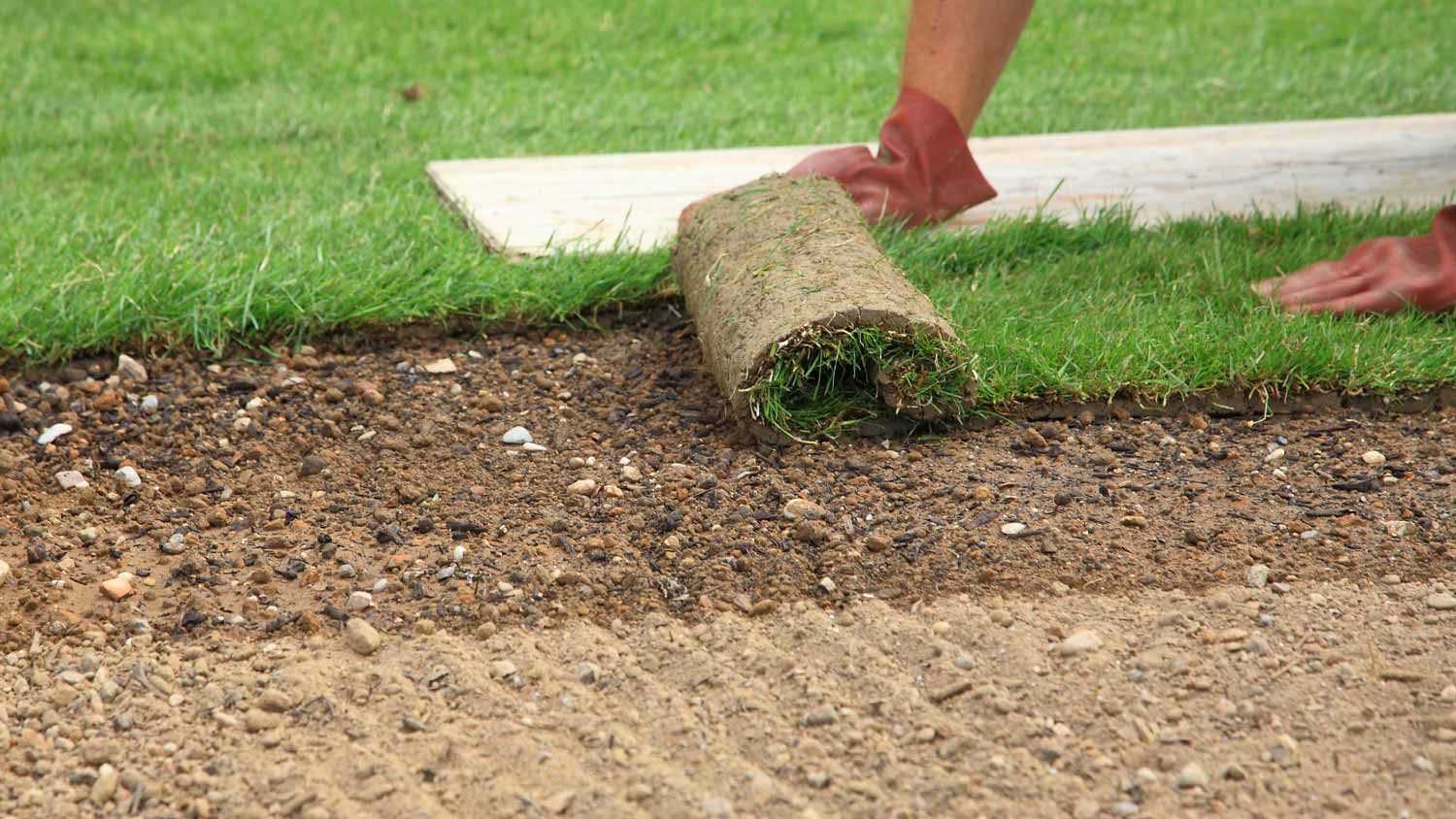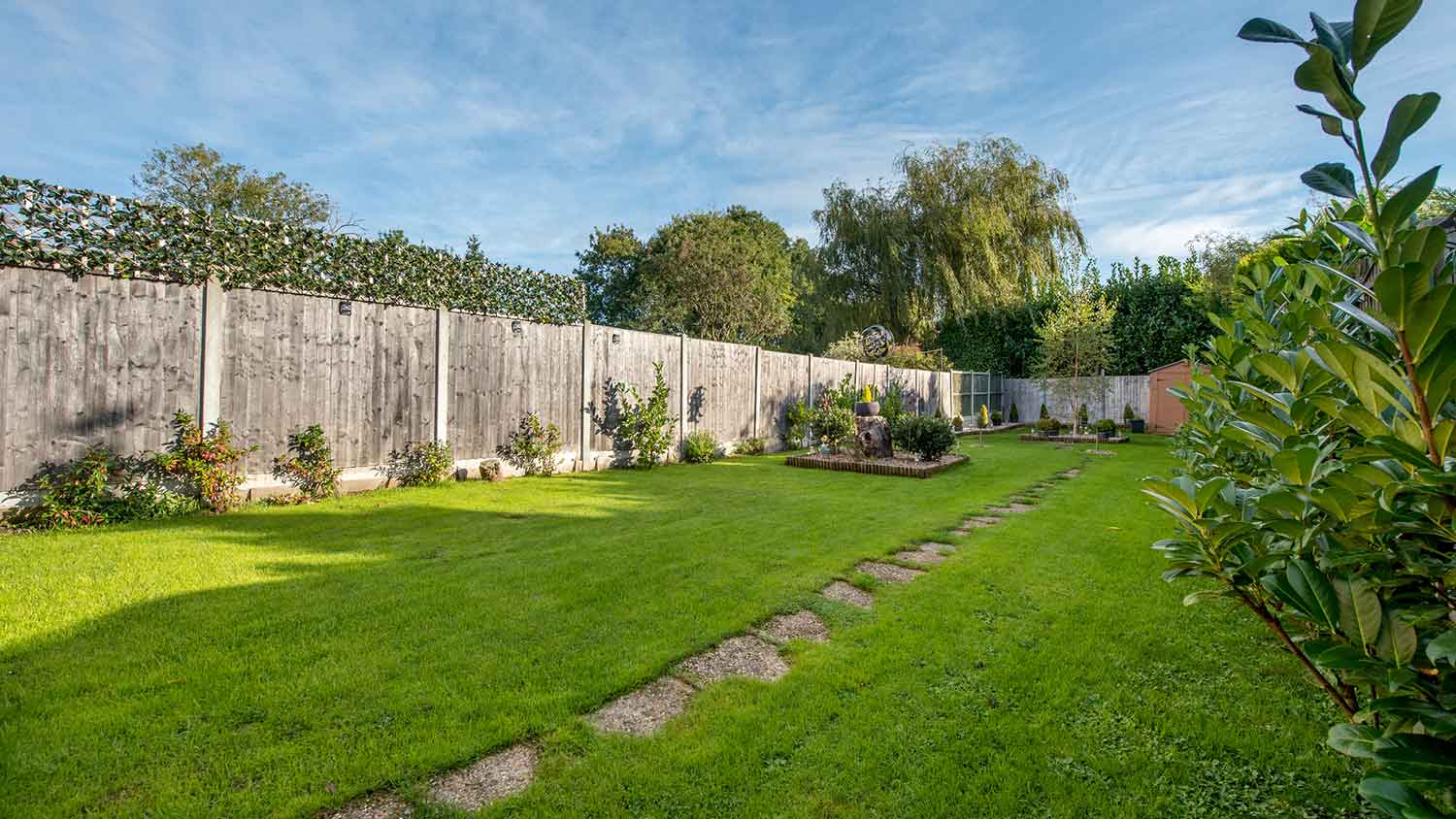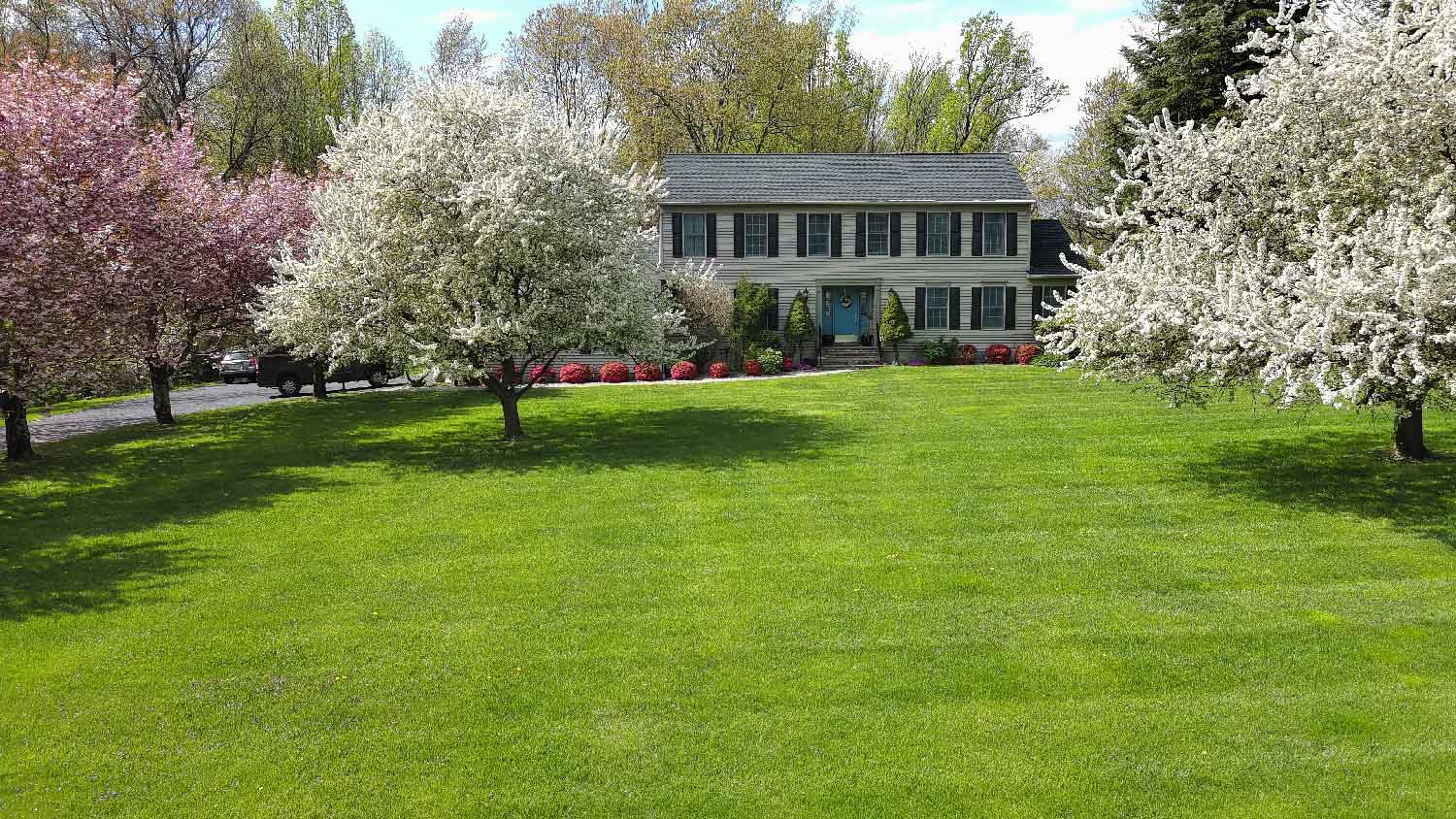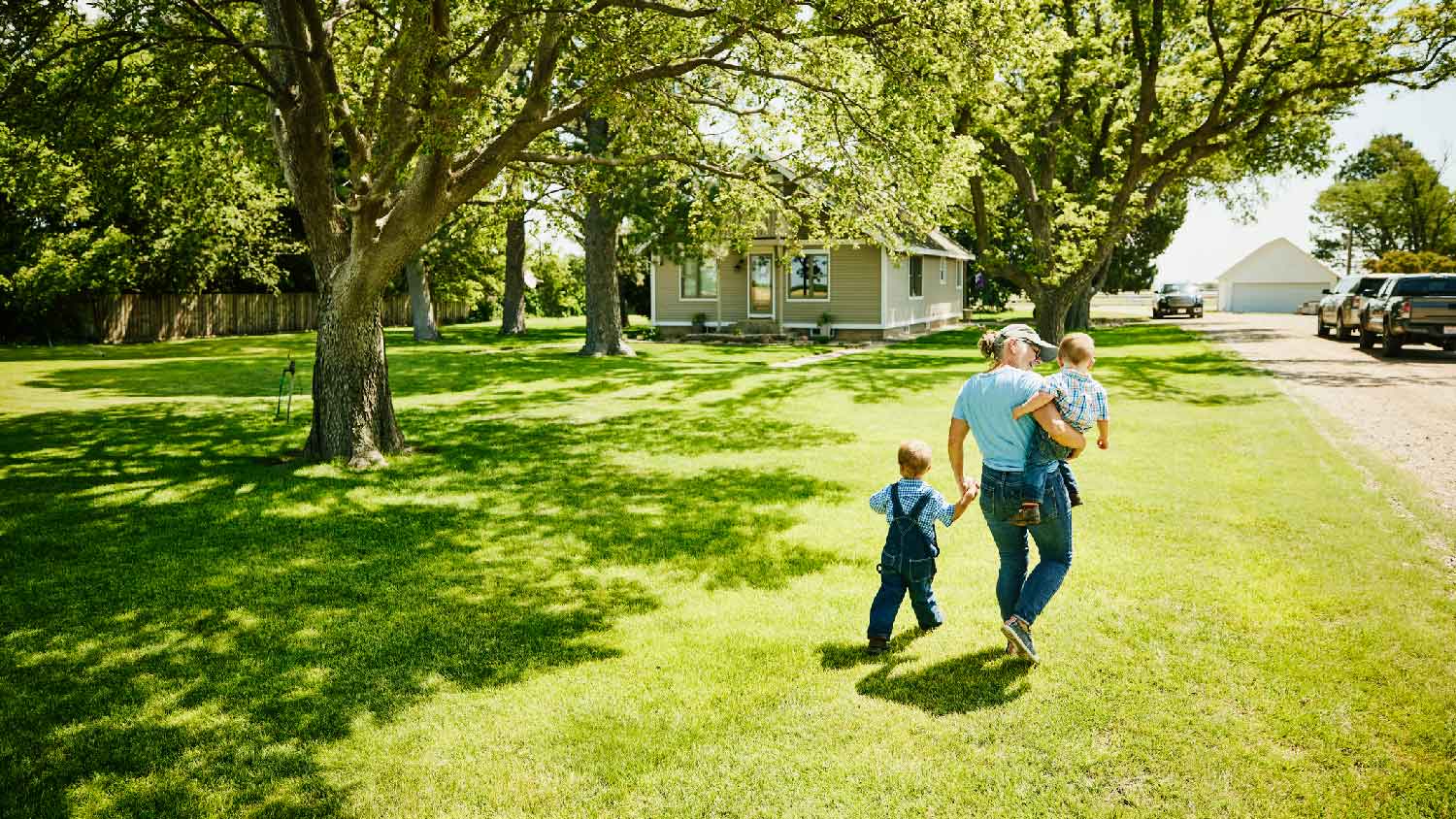The Best Time to Lay Sod: A Complete Guide
Discover the best season to lay sod


The best time to lay sod is fall and spring.
While you can lay sod all year, it’s best to avoid this task during very hot or cold weather.
Hiring a lawn care professional to lay sod costs $1,070 to $3,000.
Sure, you can lay sod any time of the year. But, is there a best time to lay sod? Choosing the ideal time to lay sod can help make the installation process easier and provide optimal results. Let’s review the best (and worst) time to lay sod, and the cost involved in hiring a sod service.
When Is the Best Time to Lay Sod?
It’s possible to lay sod successfully any time of the year with the right methods. However, fall and spring are often the best times. Fall brings much cooler temperatures and rainfall which can help your grass grow. Spring is a close runner-up with its mild temperatures and plentiful rain that keeps the soil moist and favorable for growth.
The best time to lay sod will depend on where you live and what type of grass you’re growing. Cool-season grasses grow best when planted during early fall or early spring. You should lay sod made of warm-season grasses during mid-late spring for optimal results.
Factors that Affect the Best Time to Lay Sod

There are several factors to consider when choosing the best time to lay sod, including weather, grass type, and rainfall. Let’s take a closer look at each one.
Weather
One of the most important factors to consider when determining the best time to lay sod is weather. If the temperature is too hot or too cold, it can negatively affect the sod’s ability to take root. The spring and fall months often have ideal temperatures and the precipitation needed to create the most favorable conditions for sod growth.
Grass Type
Different species of grass grow best at different times of the year. Cool-season grasses like Kentucky bluegrass and tall fescue usually grow best in the fall. On the other hand, warm-season grasses such as Zoysia and Bermuda grass grow best in the springtime. It’s vital to choose the right type of grass for your climate and soil type. Consult a local sod service about the best type of grass to install in your yard.
Rainfall
You should be mindful of how rain can impact the best time to lay sod. Not enough rainfall can make your sod dry out while too much moisture can cause it to rot. Choose a time of year with moderate amounts of rainfall, but wait for a dry day to lay the sod.
The Worst Time to Lay Sod
The worst time to lay sod is during the winter and summer when weather conditions are more extreme. In the summer heat, newly laid sod can die within a few hours if the soil isn’t kept wet. During the winter, cold weather can dry out the roots. If you decide to lay sod during these times, it’s important to take extra measures to keep your lawn moist and fertile. Be sure to hire a professional sod installation service if you need to lay sod during these off-season months.
Cost to Lay Sod
The cost to lay sod will vary based on several factors, such as the type of sod, location, yard size, labor, and materials. On average, you can expect to pay between $1,070 and $3,000. For example, a 1,000-square-foot lawn will cost around $1,500, whereas a 2,000-square-foot lawn will cost around $3,000.
Additionally, you’ll spend anywhere from $0.35 to $0.85 per square foot on materials and $1 to $2 per square foot on installation. Get price quotes from at least three different sod installation services in your area to find the best price for your project.
DIY vs. Hiring a Pro
The cost to lay sod on your own depends on the size of your yard, the type of grass, and any equipment you may need. You can expect to pay about $2,000 and spend 40 hours of your time on this DIY job. This can be a time-consuming and laborious project, but the results can be worth it.
However, for around the same price, you can hire a local sod company to do the hard work for you. A sod installation pro knows the best time to lay sod for your specific climate and grass type. With their expertise, you can sit back and relax knowing you’ll have a gorgeous lawn once the job is done.
Frequently Asked Questions
You can lay sod any time of the year, but fall and spring are the best times. Fall months of September to November bring cooler temperatures and more rain, which gives the sod ample time to grow in favorable conditions. Spring months of March to May are the next best option, and can even be best depending on where you live.
It usually takes 10 to 14 days after laying the sod for shallow roots to establish. During this critical time, make sure to water your new grass frequently and avoid mowing or walking on the sod. After 30 to 45 days, deep roots should have fully developed and you can water less frequently.





- How Much Does a Pallet of Sod Cover?
- How Much Does Lawn Removal Cost? [2024 Data]
- The Beginner-Friendly Guide to Growing the Greenest Grass
- Best Grass For High Traffic Lawns: 6 Types to Try
- Here’s How Long Grass Grows If You Don’t Mow Your Lawn (And Why You Really Need To)
- What Do You Put Down First: Grass Seed Or Fertilizer?
- Can You Overwater Grass Seed? Tips for Getting Your Irrigation Just Right
- When Grass Becomes a Weed: How to Control and Get Rid of Bermuda Grass
- How to Kill Grass in Flower Beds: 8 Easy Methods to Try
- What Is Bermuda Grass? Everything You Need to Know for a Healthy, Green Lawn










